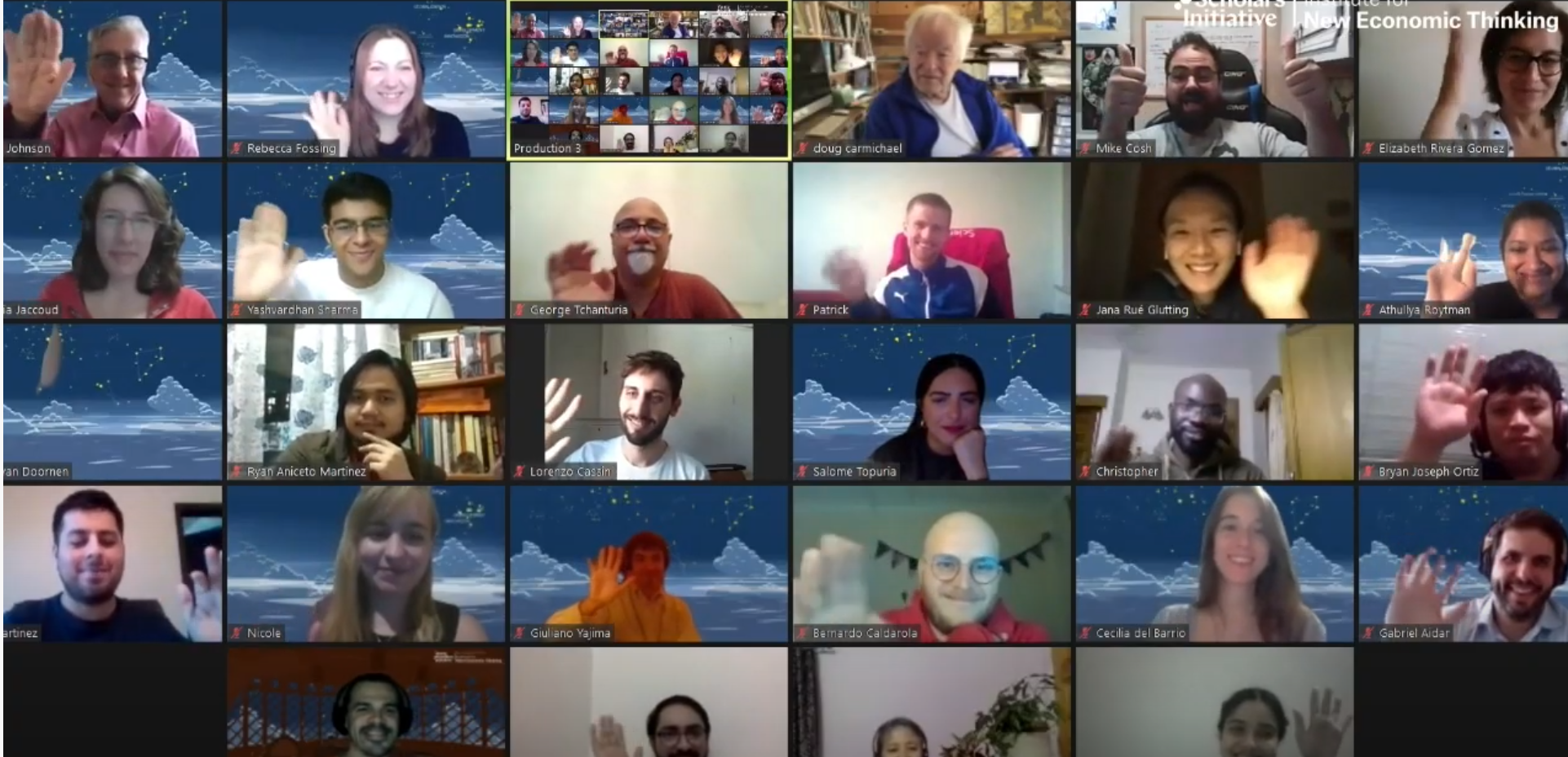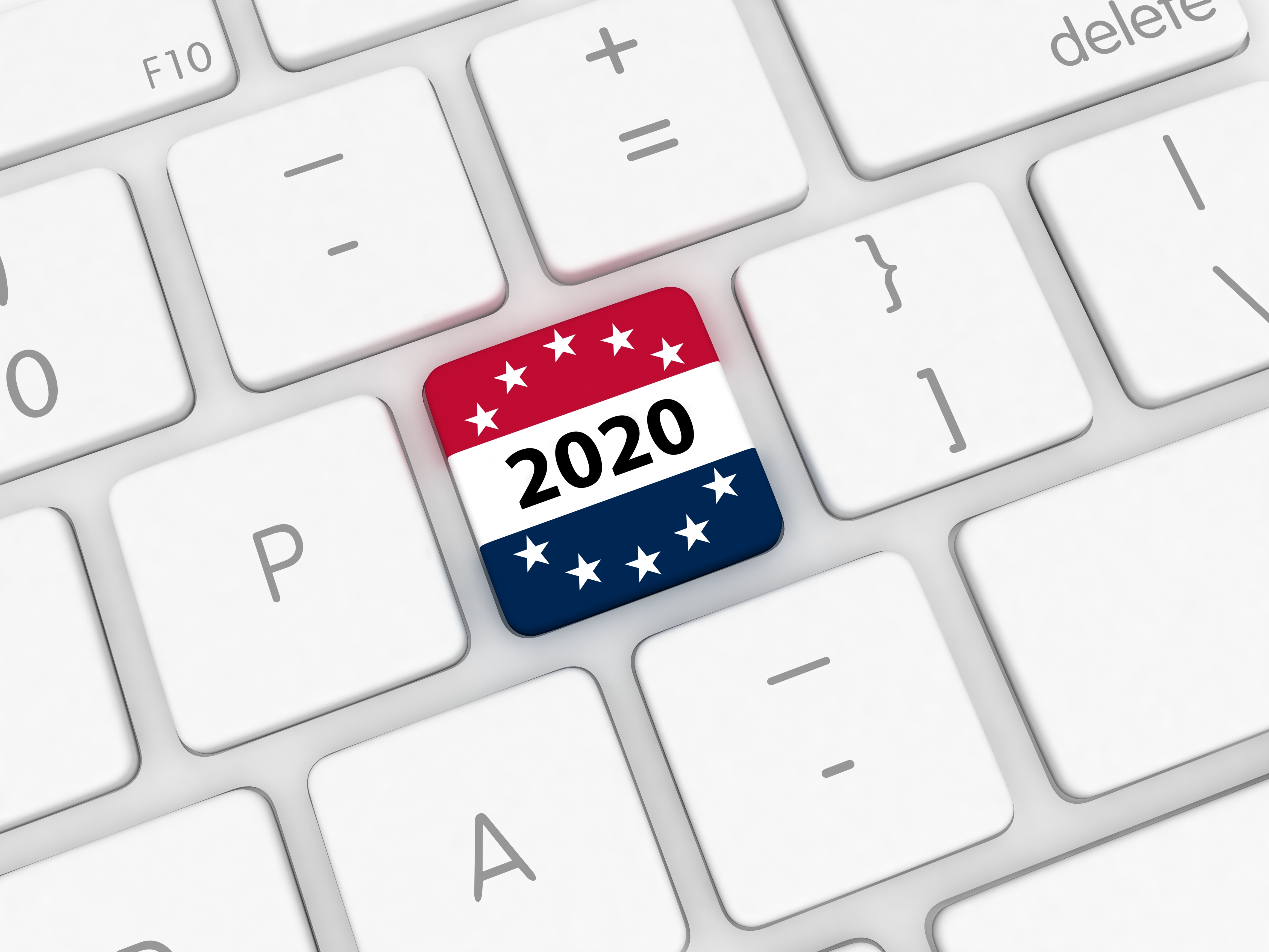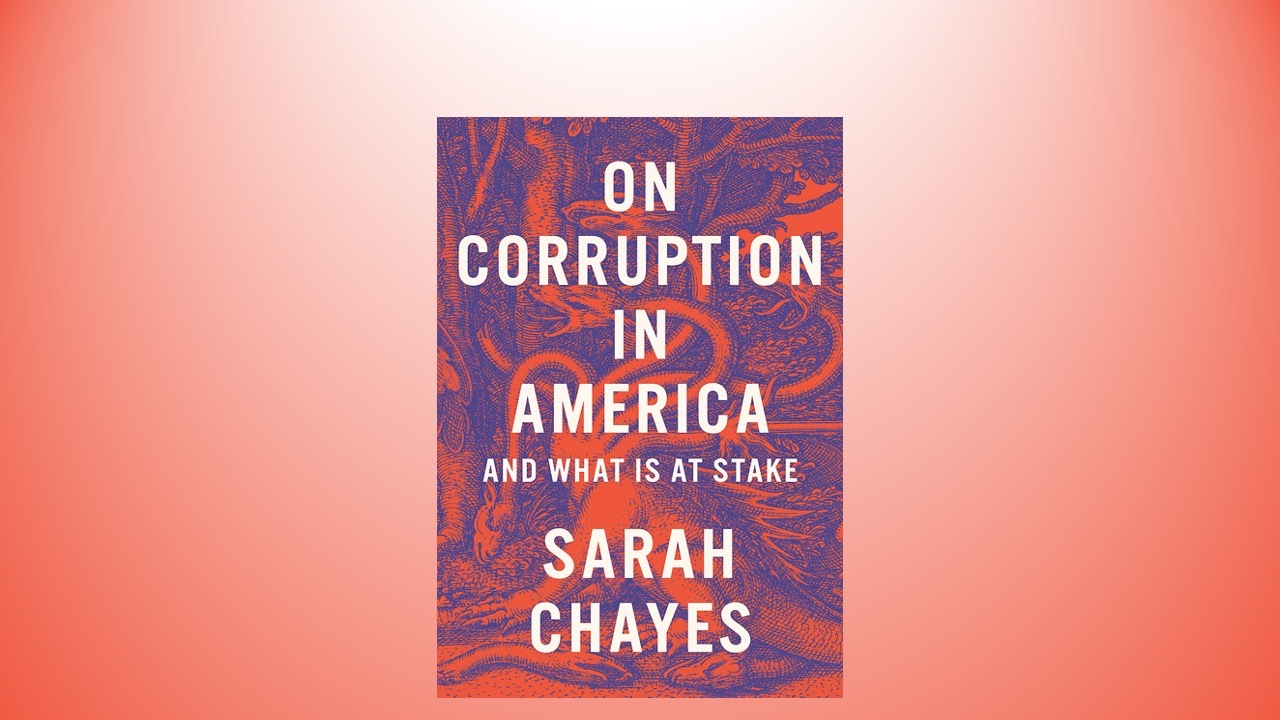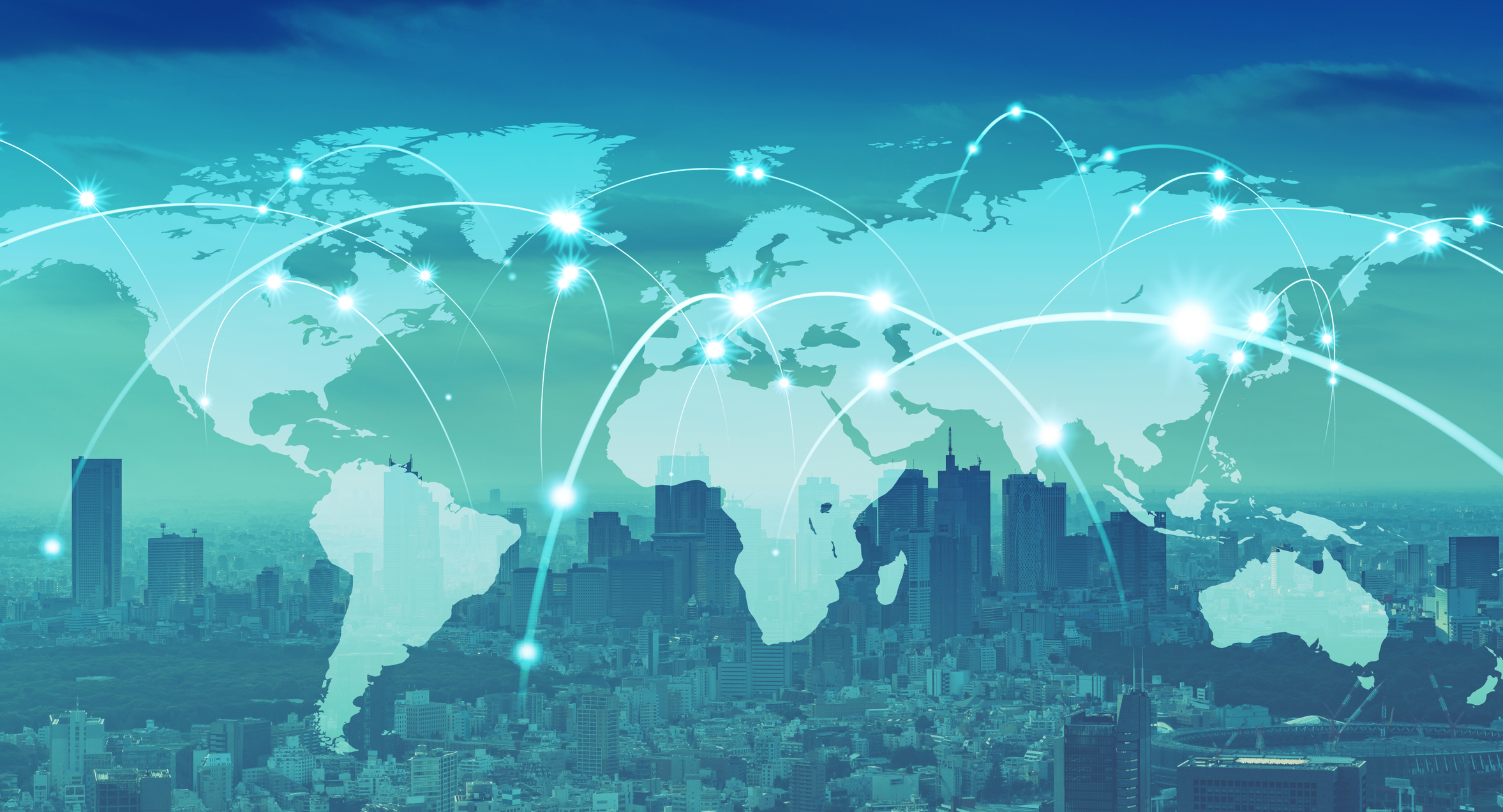Articles
Articles and analyses from the INET community on the key economic questions of our time.

Carlos Lopes: The COVID-19 Crisis Presents Major Opportunities for Africa’s Structural Transformation
In this interview, Camilla Toulmin and Folashadé Soulé speak with Carlos Lopes, Professor at the Nelson Mandela School of Public Governance, University of Cape Town, Visiting Professor at Sciences Po, Paris and an Associate Fellow at Chatham House, London


Young Scholars Want More Voices Heard in Economics
No one person or perspective holds the key to solving economic problems, says Jay Pocklington of the Institute for New Economic Thinking

"Shadow" Lobbyists Run Rampant in the Swamp
Unregistered lobbyists, including former members of Congress, are a key resource for lobbying firms

Cybersecurity Expert: What the Media Miss on America’s Election Risks
David Mussington, a leading expert on cybersecurity, reveals what’s worrying him, from Facebook to foreign interference.

What Is Technology? Enabler, Accelerator, or Displacer?
Technology has coevolved with human societies and played critical roles in past social and economic transformations. From the invention of steam engines to the use of electricity, technological changes were responsible for boosting productivity gains and increasing standards of living. But what really is technology? Is it an external force outside our control, or do we have a say in its direction, development, and deployment? These questions were undoubtedly made more urgent with the rapid advancement in digital technologies of late.

How Corruption is Becoming America’s Operating System
New book by Sarah Chayes reveals the country’s descent into a level of corruption usually associated with places like Nigeria and Afghanistan
It’s Time for a Debt “Jubilee”

What Happens When a Noted Female Economist Fights Toxic Culture in the Field?
Claudia Sahm dares to call out systemic bullying and harassment that drives out talent and compromises science. Perpetrators are not happy.

Summary of the Book Macroeconomic Inequality From Reagan to Trump
Wage Repression, Asset Price Inflation, and Structural Change Caused Rising Macroeconomic Inequality for Fifty Years from before Reagan through Trump.This is a summary of a new book that is being published as part of a new book series with Cambridge University Press.
Comment on Lance Taylor’s “’Savings Glut’ Fables and International Trade Theory: An Autopsy”
Reply to Andrew Smithers

“Savings Glut” Fables and International Trade Theory: An Autopsy
A “global saving glut” was invented by Ben Bernanke in 2005 as a label for positive net lending (imports exceeding exports) to the American economy by the rest of the world. However, there is a more plausible explanation for the persistent trade imbalance between the US and its major trading partners.